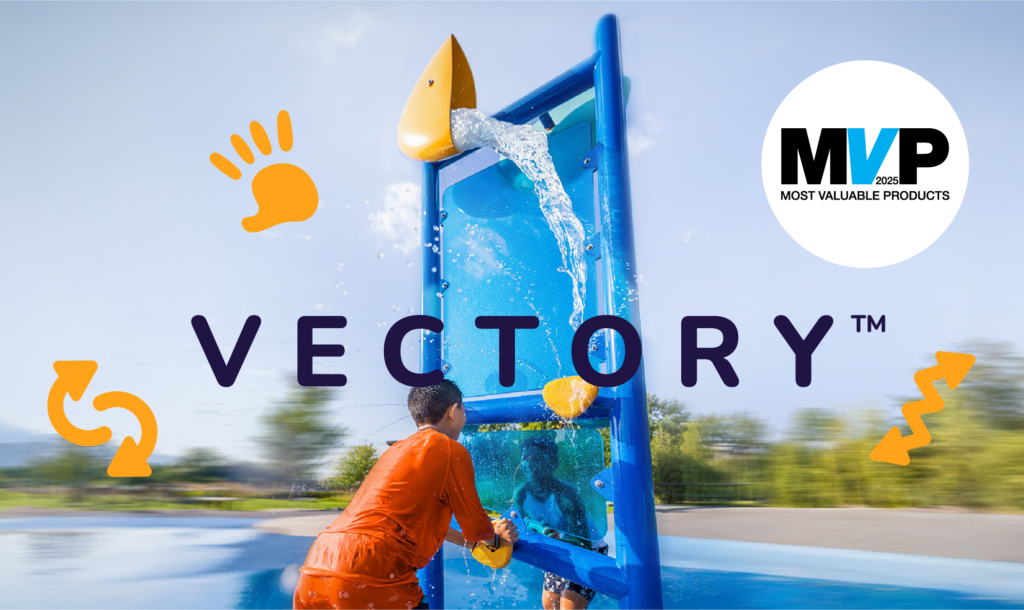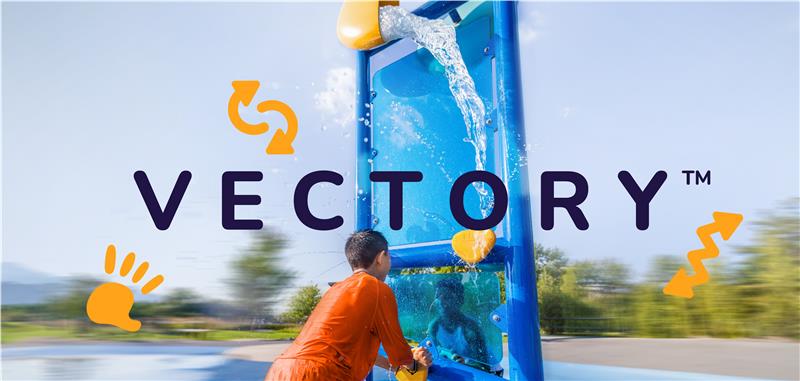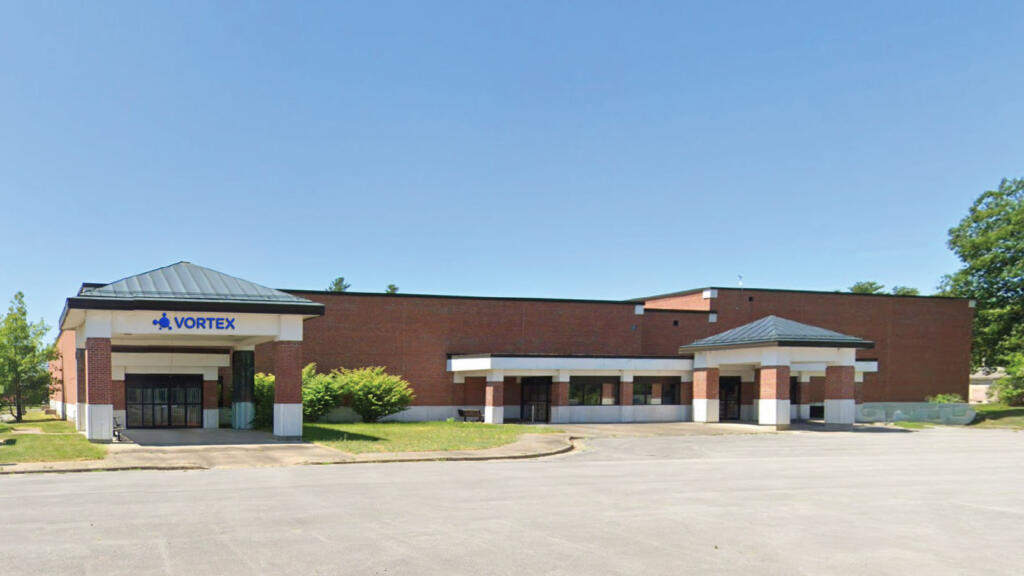Aquatic Play Project Cost Breakdown: Budget and Expenses

When planning an aquatic play project, it is essential to understand all the associated costs of such a project. The cost of an aquatic play area can vary significantly depending on multiple factors including size and complexity of the Splash pad, type of equipment and materials used, and the location of the installation. To help give you an overview of your total cost, we’ve put together this short list of key budget items along with factors that may affect the cost of each.
Aquatic play products
The Splashpad® features you ultimately choose will encompass one of the two significant components of your aquatic play project cost. Your splash pad will most likely include a variety of interactive water features such as ground jets, water cannons, and a tipping bucket. Or perhaps you will look at an Elevations structure with small waterslide, or a playable fountain. The total cost of the equipment will depend on the number and type of features included.
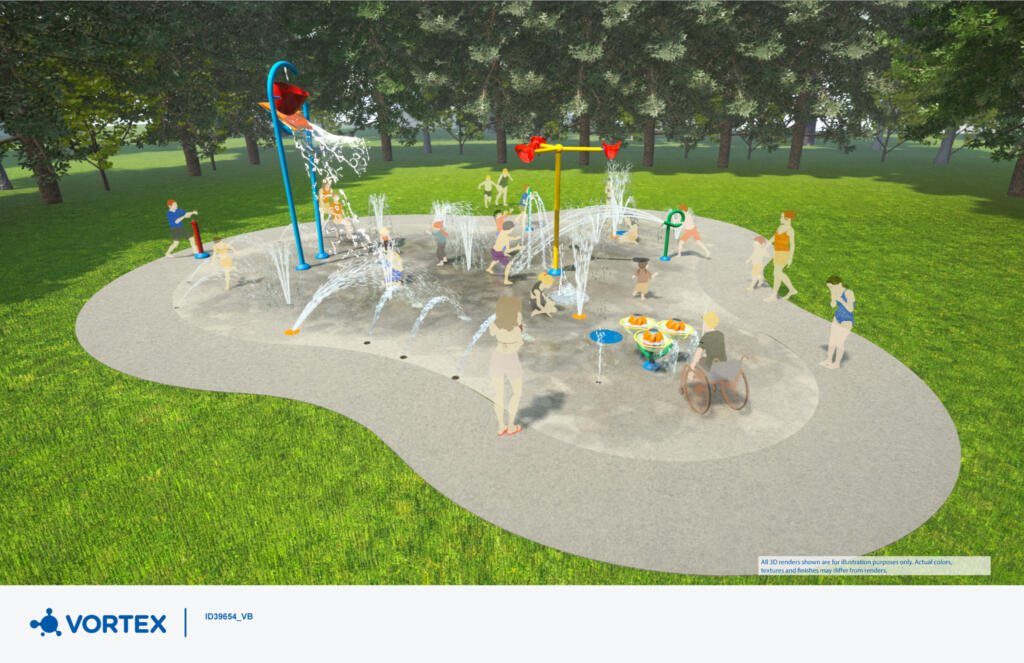
Water management
Water management systems are the second major element of any aquatic play installation budget, and prices can vary greatly. The cost of the water management system will depend on several factors, such as the size of the Splashpad®, the type of water treatment system, and the location of the installation. As an example, a flow-through system, where used water is directed to a municipal treatment system or percolates directly into the water table, is the least expensive option. It may be used for small or large Splashpads. At the other end of the spectrum, a larger Splashpad with multiple features and a high-capacity recirculation system will account for a significant portion of the overall project budget.
Concrete
Concrete is another essential component of an aquatic play area, as it provides a structural base for the equipment and also serves as a non-slip surface. Textured, brushed concrete surfaces are an essential component of non-slip surfacing. Pigmented concrete, where the color is an integral part of the concrete itself, is another surfacing option. The cost of the surfacing will depend on the type of surfacing selected.
Surfacing
Surfacing options range from non-slip paint or rubberized coatings to pigmented concrete, as mentioned above. Costs will vary depending on the option selected.
Installation
The principal installation crew is responsible for installing the aquatic play products and water management system. This includes setting, leveling, and plumbing all aquatic play products and connecting them to the appropriate water management system prior to the concrete being poured. The cost of installation will depend on the complexity of the project and the size of the crew needed to complete the installation.

Design Services
Design services are another cost element that is typically incurred for an aquatic play project. While splash pad manufacturers such as Vortex offer design services free of charge, a professional landscape architecture company may also be involved if the project scope includes additional park infrastructure surrounding the aquatic play area. The cost of design services will depend on the scope and complexity of the project.
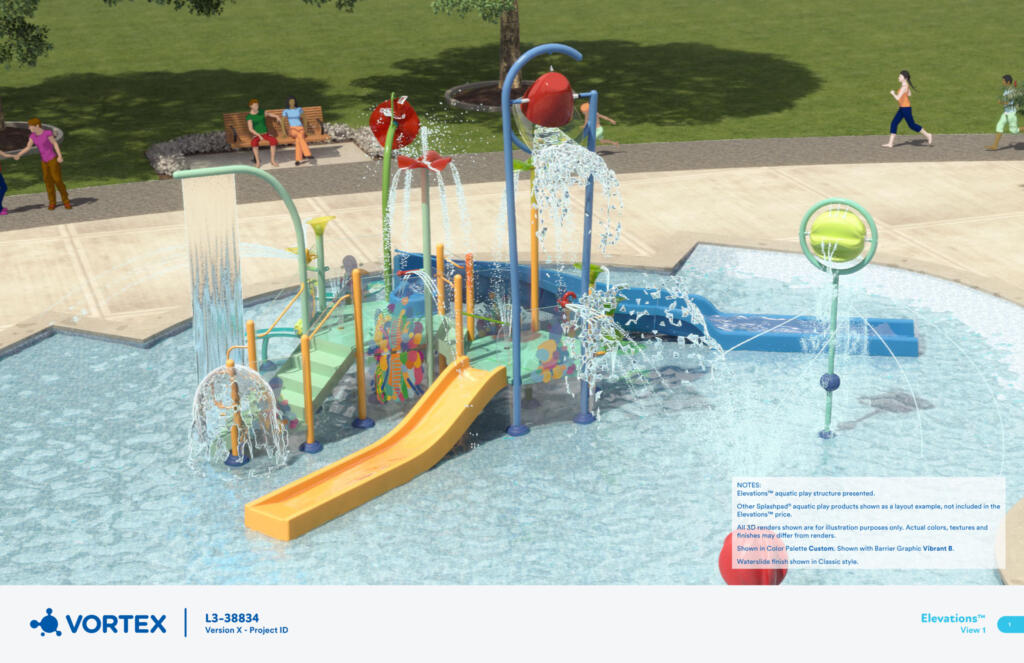
Infrastructure
Infrastructure is another essential cost element to consider when planning an aquatic play project. Infrastructure includes all water supply lines, storm and sanitary sewer lines, and electricity. The cost of tying-in to existing infrastructure varies greatly with its proximity to the Splash pad itself.
Other amenities
Depending on location, capacity, and climate, park planning may consider amenities like shading, benches, seat walls, picnic tables, restrooms, and parking. All of these options will enhance the splash pad by offering a comfortable space for children and their parents or guardians.
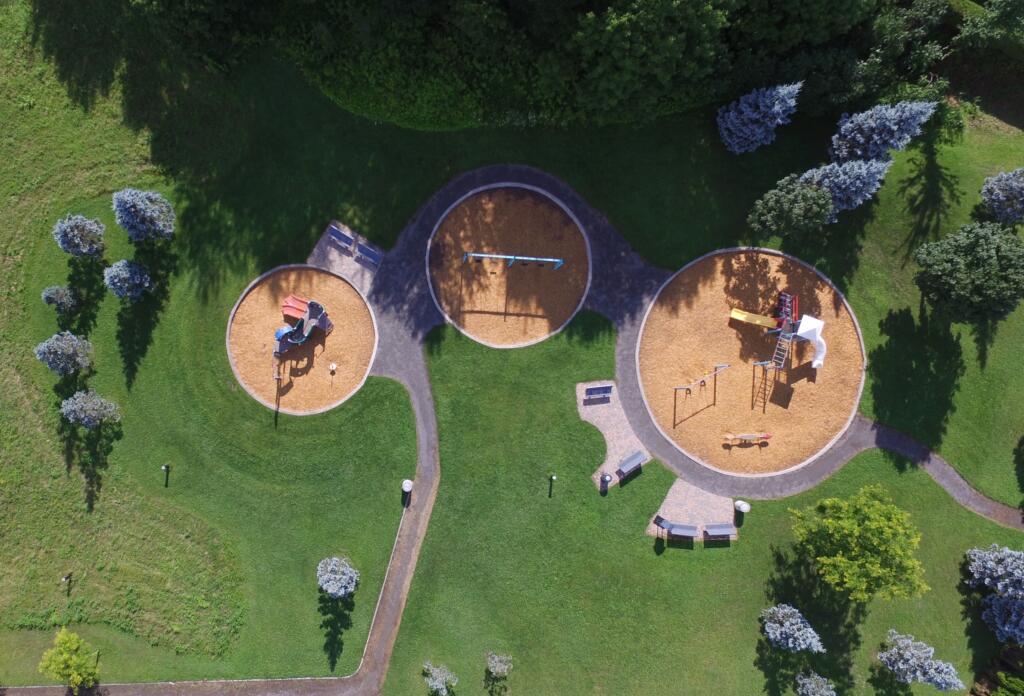
Operational costs
Finally, operational costs must be considered when planning an aquatic play project. The ongoing costs over the service life of the aquatic play installation include items such as opening and closing the splash pad on a seasonal basis, maintenance labor, energy, water (dependent on water management system selected), monitoring, and administration. These ongoing costs are all specific to the site and should be considered when determining the overall cost of the project.
In conclusion, when planning an aquatic play project, it is essential to establish a budget that considers all necessary expenses. By understanding the key cost elements and factors that may affect the cost of each, you can ensure that your project is completed on time and within budget.
FAQ – Budgeting
What are water management systems?
Water management systems are the infrastructure and mechanisms used to transport and manage water in aquatic play installations. Click here to learn more about the water management systems available from Vortex.
What are design services?
Design services are professional landscape architecture services that assist with the design and planning of a Splash pad installation. Note that splash pad manufacturers such as Vortex often offer splash pad design services at no additional charge.
What are the operational costs for an aquatic play installation?
Operational costs for a water play installation include opening and closing the splash pad on a seasonal basis, maintenance labor, energy, water (dependent on water management system selected), monitoring, and administration.
What is infrastructure in the context of an aquatic play installation?
Infrastructure in the context of a water play installation includes water supply lines, storm and sanitary sewer lines, and electricity.
Who is responsible for installing the aquatic play products and water management system?
The principal installation crew is responsible for installing the water play products and water management system. Vortex works with Vortex-certified installers across Canada, the US, Europe, and the Middle East.
What are the key budget items for aquatic play projects?
Key budget items for aquatic play projects include water play products, water management systems, concrete, surfacing, installation, design services, infrastructure, other amenities, and operational costs.
How do water management systems affect the overall cost of an installation?
Water management systems can greatly affect the overall cost of an installation, with larger and more complex systems requiring more resources and investment. Learn more about water management solutions here.
What is the importance of non-slip surfacing in aquatic play products?
Non-slip surfacing is important in aquatic play projects to ensure the safety of users and prevent slips and falls.
What are some other amenities that park planning may consider?
Other amenities that park planning may consider include lighting effects, shading, public restrooms, pathways, benches, parking, and other landscaping elements.
What are operational costs for aquatic play projects?
Operational costs for aquatic play projects may include seasonal opening and closing procedures, monitoring, and possible maintenance and repairs.
What is included in infrastructure costs for aquatic play projects?
Infrastructure costs for aquatic play projects include the installation and connection of water, sewer, and electrical systems.
